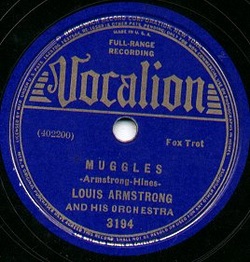 Muggles ~ Armstrong and Hines (1928)
Muggles ~ Armstrong and Hines (1928) Louis Armstrong ~ 4 August 1901 to 6 July 1971
Adapted excerpt from The Book of the Is (2013)
Section 12 (of 16), Chapter 4 Epimorphosis
You might not miss jazzercise if it disappeared, but I hear it’s good exercise. Many would miss Jazz though, as it was a pretty good invention. In today’s world, Louis Armstrong might be labeled a marijuana addict and perhaps even put into coerced treatment. What an odd political thought: no Jazz because all the jazzers were sent to treatment and cured. Armstrong was a cannabis consumer, that’s for sure, and he wouldn’t understand today’s cannabis fuss.
It’s been said that Armstrong told stories with his cornet. At the 2001 tribute, From Lincoln Center – Louis Armstrong: Master Interpreter, Ed Bradley (of 60 Minutes fame) said these kind words about Armstrong’s Chicago music-making days:
"On a series of records made in Chicago during the 1920s, Louis Armstrong almost single-handedly set out the foundations of Jazz. Some of the most fertile and overwhelming music in all of recorded Jazz gushes from those old discs by Louis Armstrong’s Hot Five and Hot Seven Bands."
Later on in the tribute, when they are talking about the great Joe “King” Oliver and the New Orleans roots of Jazz, Bradley tells us about how Oliver and Armstrong wowed’em in Chicago:
"Oliver taught Armstrong about breaks – short unaccompanied solos played at the end of a musical phrase. When Armstrong played with Oliver, the sound of their two powerful horns playing breaks – in unison – amazed the crowd that packed Chicago’s Lincoln Gardens. The secret? Oliver would tip Armstrong off by surreptitiously fingering what he was going to play."
When it comes to Armstrong, his music, and his cannabis use, the show brings them together but only in a general way. Here’s what Bradley said:
"Alcohol and drugs figure into the story of many a Jazz musician but Armstrong was very health-conscious. He didn’t drink heavily, but acknowledged an affection for marijuana, which he found soothing and medicinal. Armstrong and Earl Hines named one of their collaborations after one of marijuana’s more closely-held nicknames, 'Muggles.'”
Armstrong wore a Star of David from his childhood; he wore it in remembrance of something he learned while growing up in New Orleans: how to live peacefully and well.
Happy Birthday Ambassador Armstrong!
Muggles ~ First Recorded in Chicago, 7 December 1928. Posted by Bryan W. Brickner
| | |
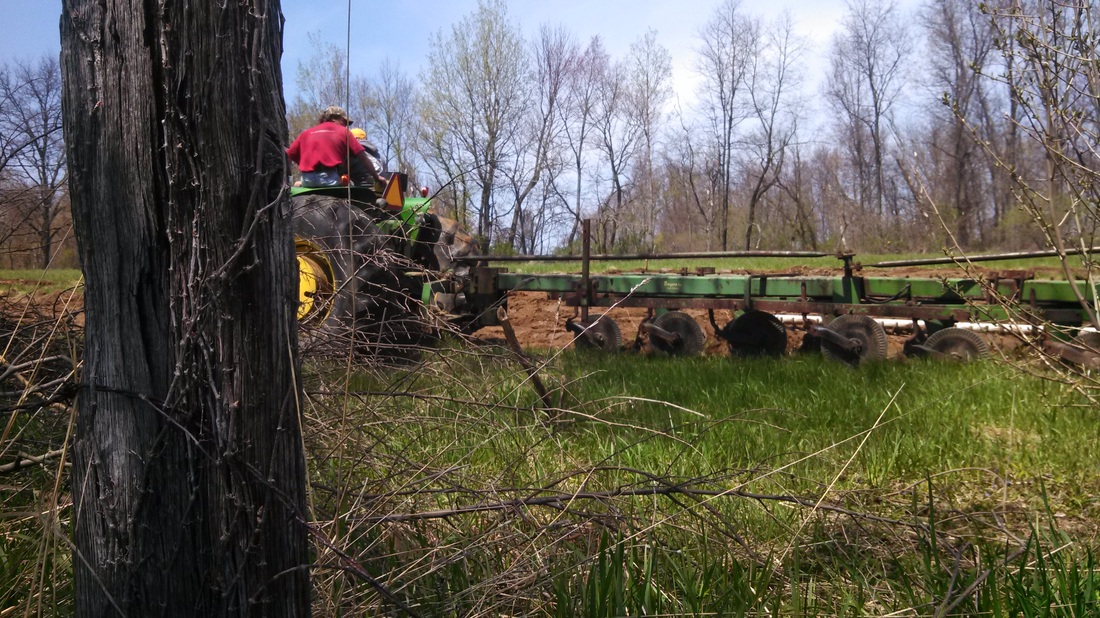
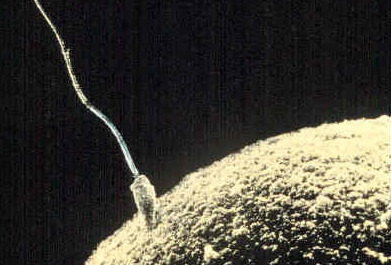



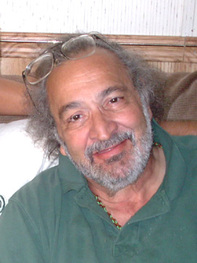

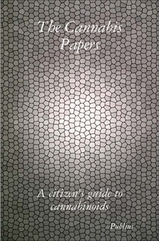
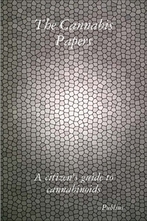

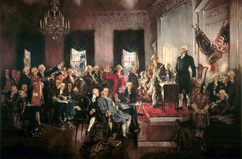
 RSS Feed
RSS Feed
